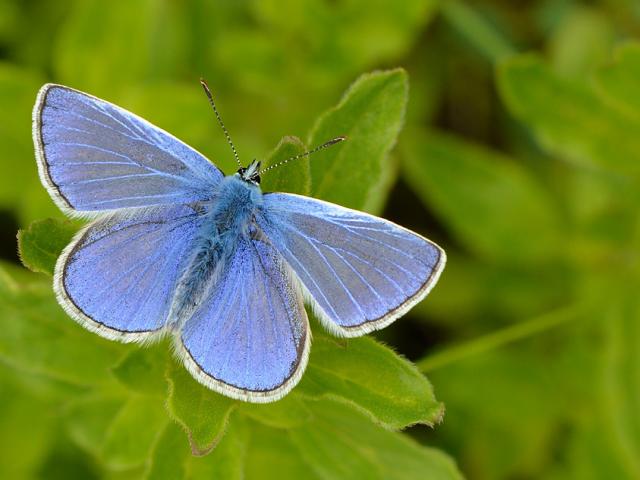
Common Blue
This small butterfly is characteristic of southern chalk and limestone grassland but occurs in a variety of other open habitats as far north as north Wales and Yorkshire. It is a close relative of the Northern Brown Argus, which is restricted to Scotland and northern England.
The adults have a silvery appearance as they fly low to the ground and they stop frequently either to perch or feed on flowers. They may be confused with Common Blue females, which also have brown upperwings but usually with some blue at the base. It is also very similar to Northern Brown Argus which usually has no orange spots on forewing.
The butterfly spread rapidly in the mid-1990s but lost ground in the last three years of the twentieth century.
Common Rock-rose (Helianthemum nummularium) is used almost exclusively on calcareous grasslands. In other habitats it uses annual foodplants, mainly Dove's-foot Crane's-bill (Geranium molle) and Common Stork'-bill (Erodium cicutarium). There are also recent reports of egg-laying on Cut-leaved Crane's-bill (G. dissectum), Meadow Crane's-bill (G. pratense), and Hedgerow Crane's-bill (G. pyrenaicum).

The main habitats are chalk and limestone grassland. However, the butterfly can occur in a range of habitats with disturbed soils including coastal grassland and dunes, woodland clearings, heathland, disused railway lines and road verges.
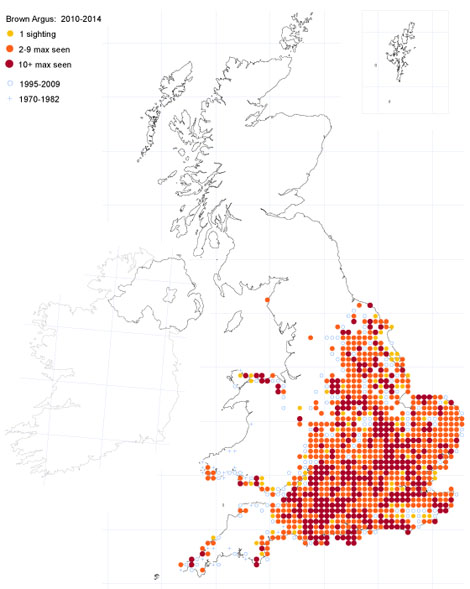
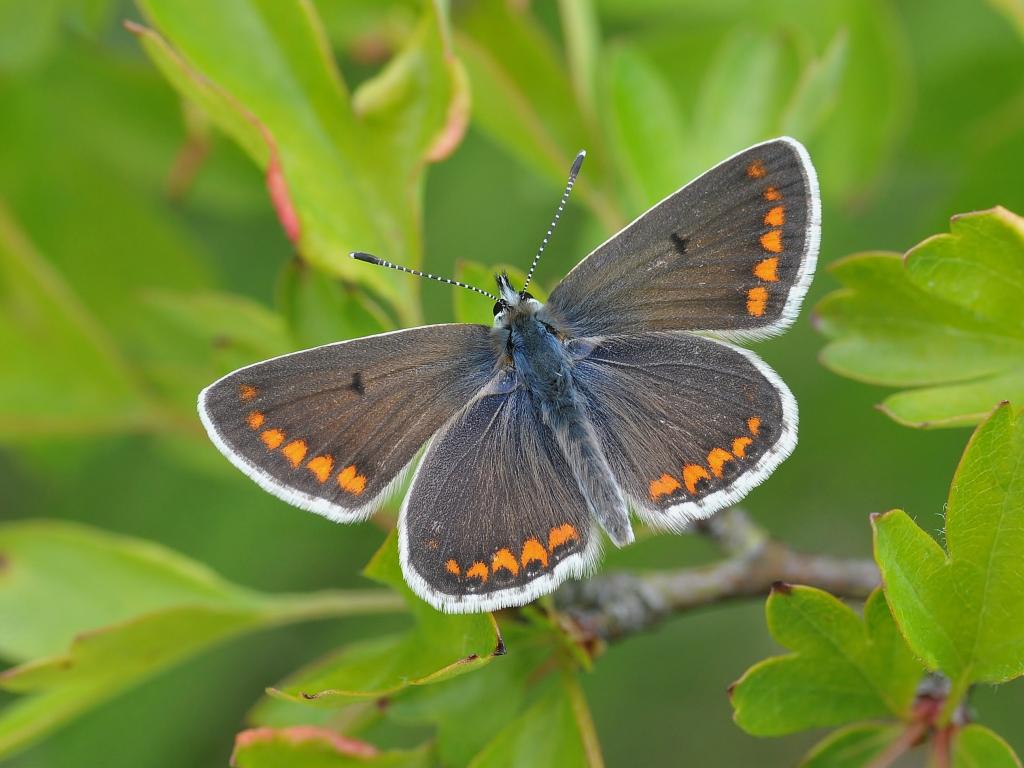
Brown Argus (male/upperwing) - Bob Eade
Bob Eade
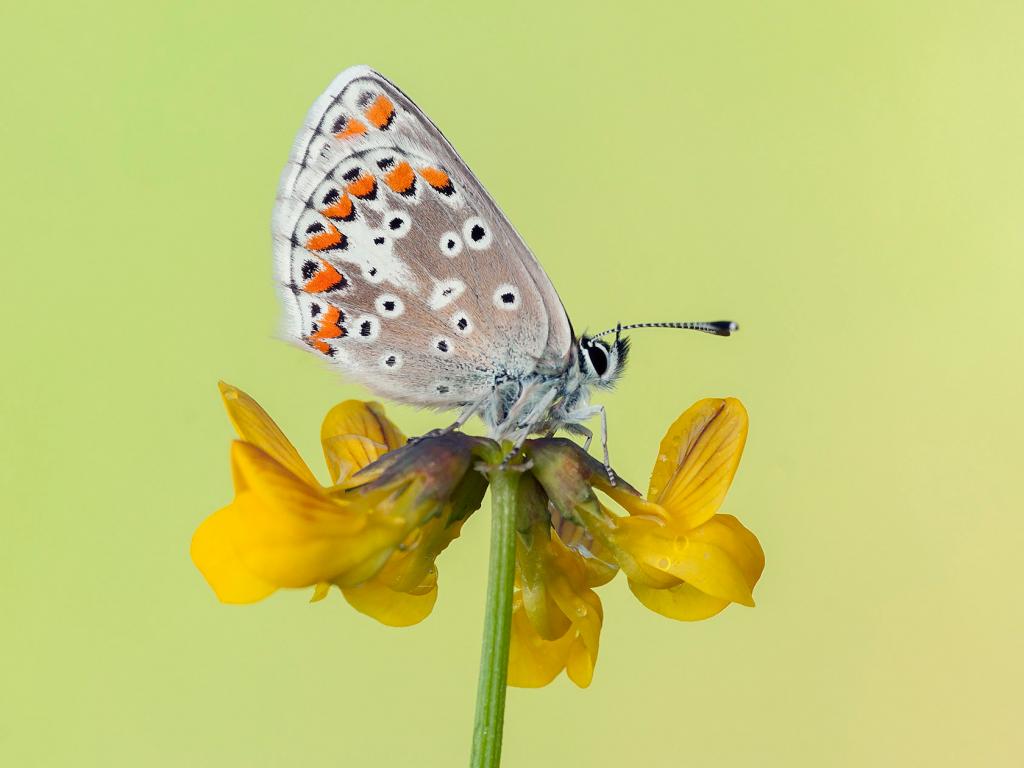
Brown Argus (underwing) - Kasia Bednarska
Kasia Bednarska
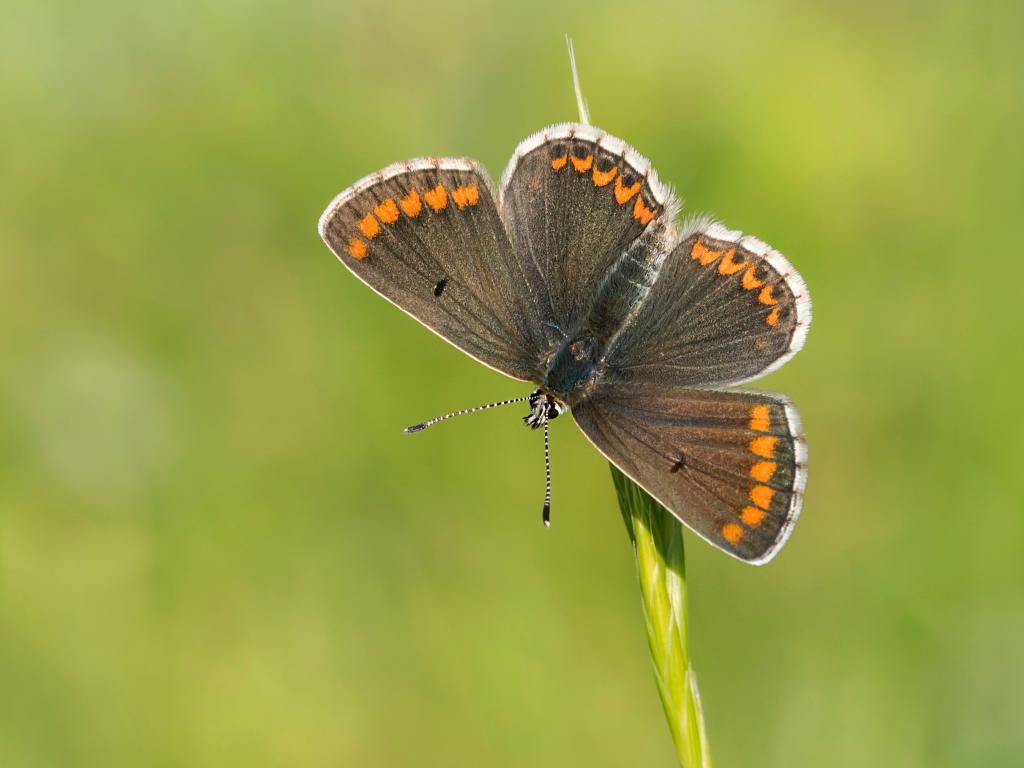
Bob Eade
Bob Eade
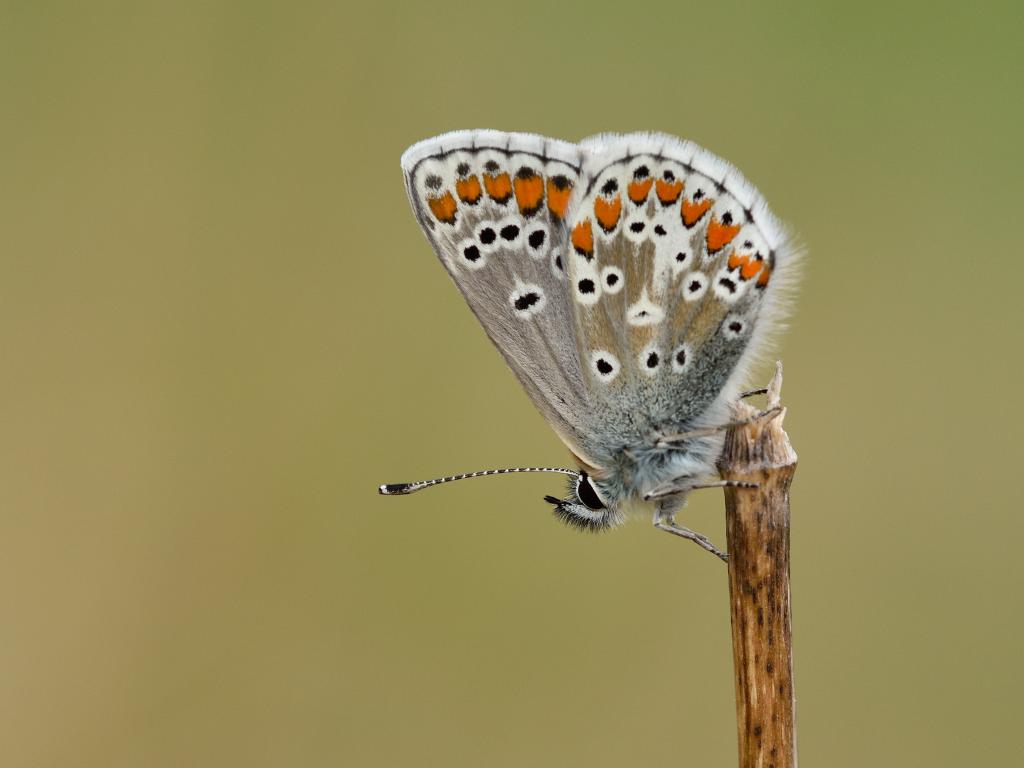
Brown Argus (underwing) - Bob Eade
Bob Eade
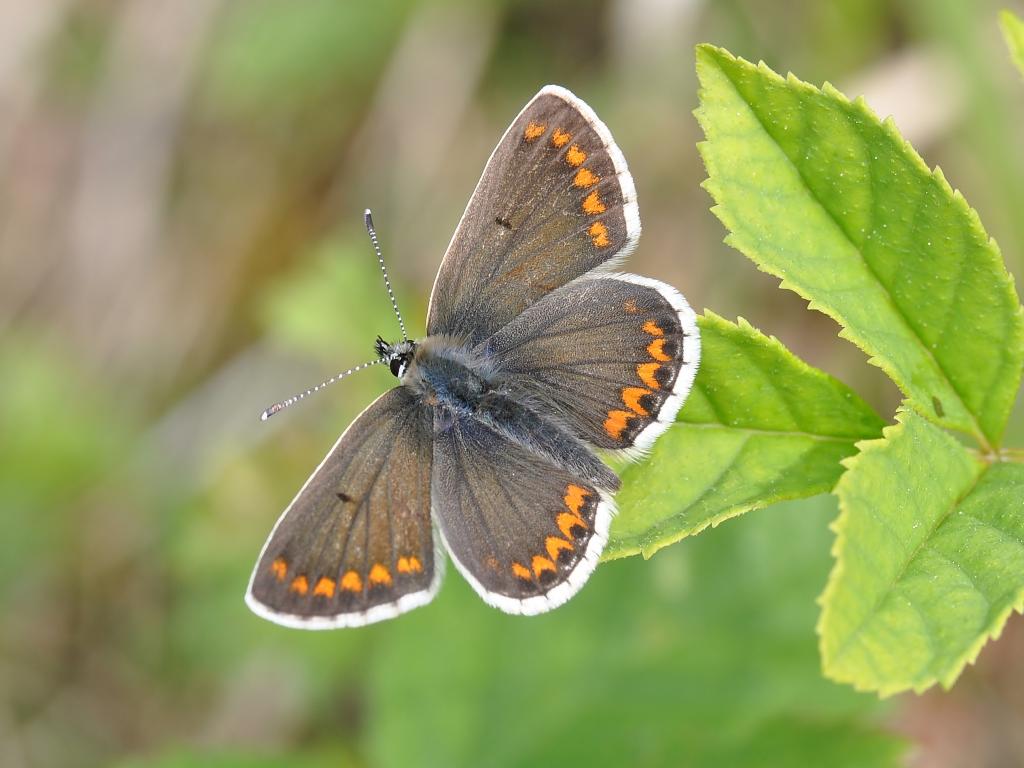
Brown Argus (upperwing) - Bob Eade
Bob Eade
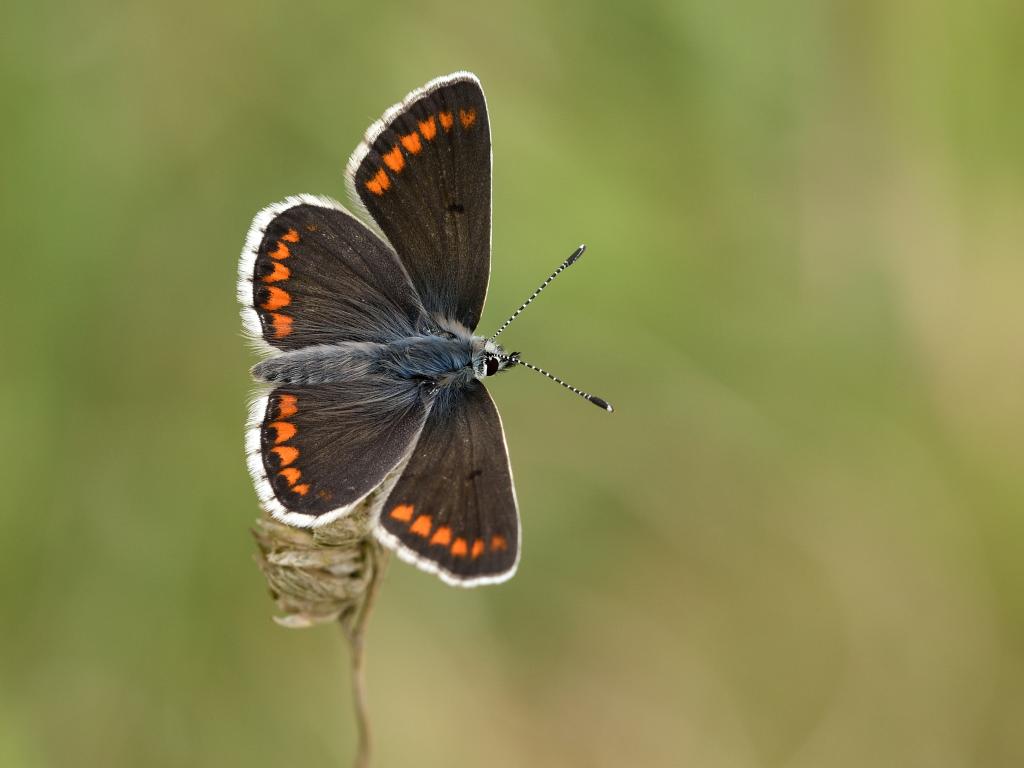
Brown Argus (male/upperwing) - Bob Eade
Bob Eade
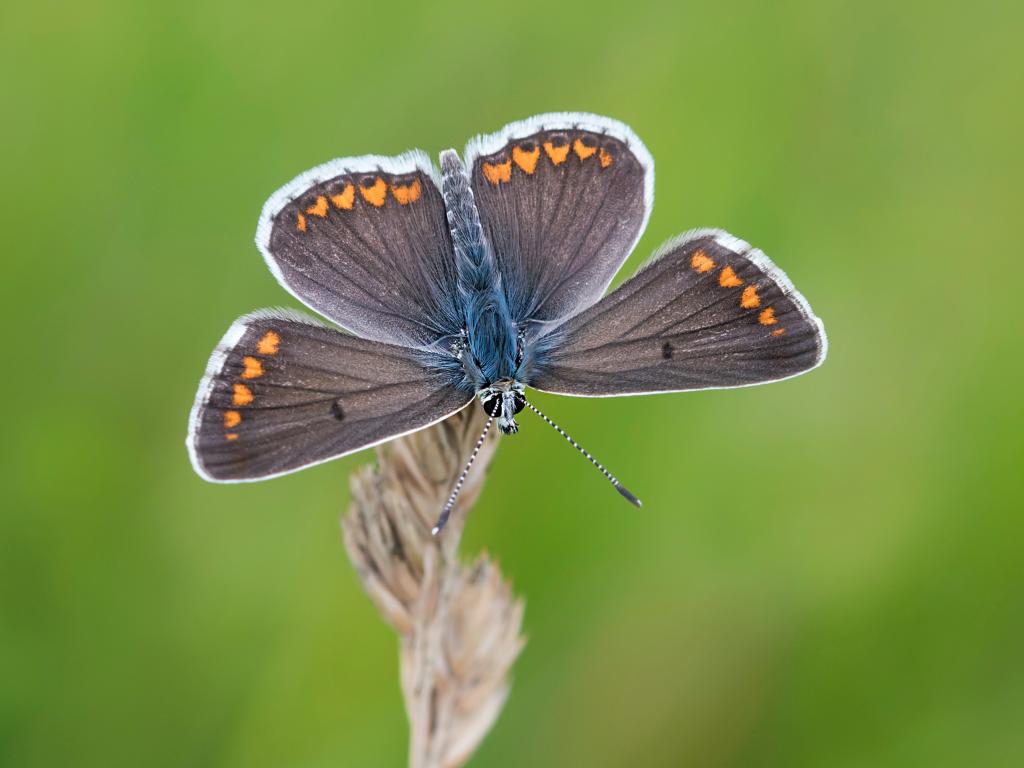
Brown Argus (male/upperwing) - Bob Eade
Bob Eade
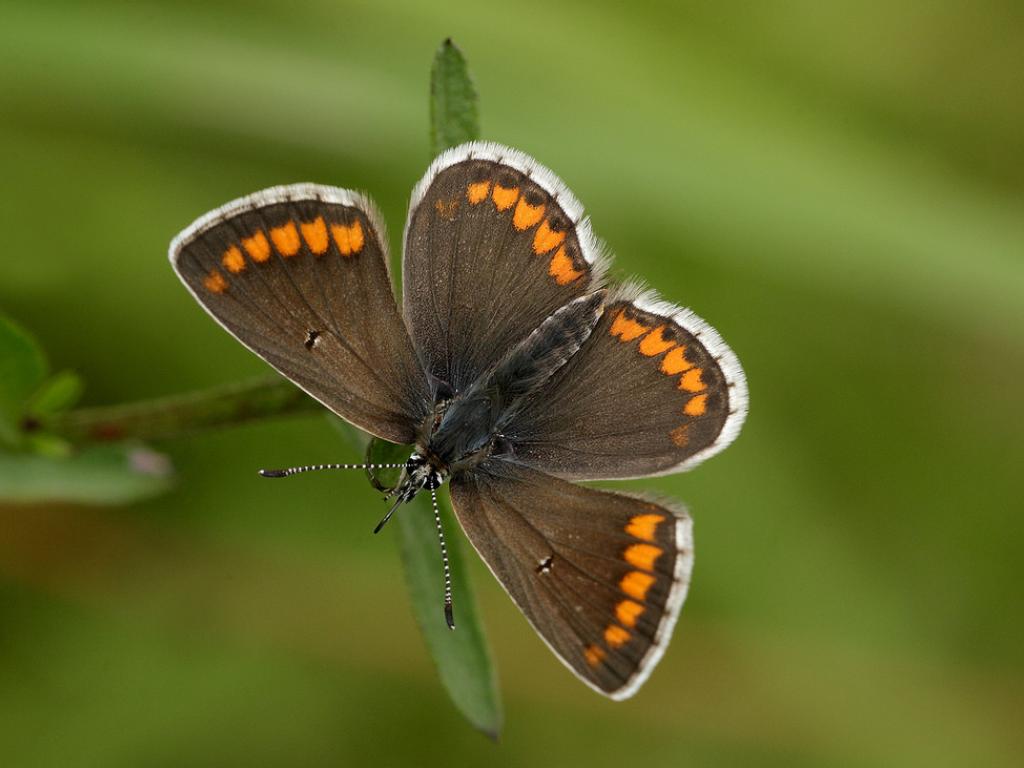
Brown Argus (upperwing) - Iain Leach
Iain Leach
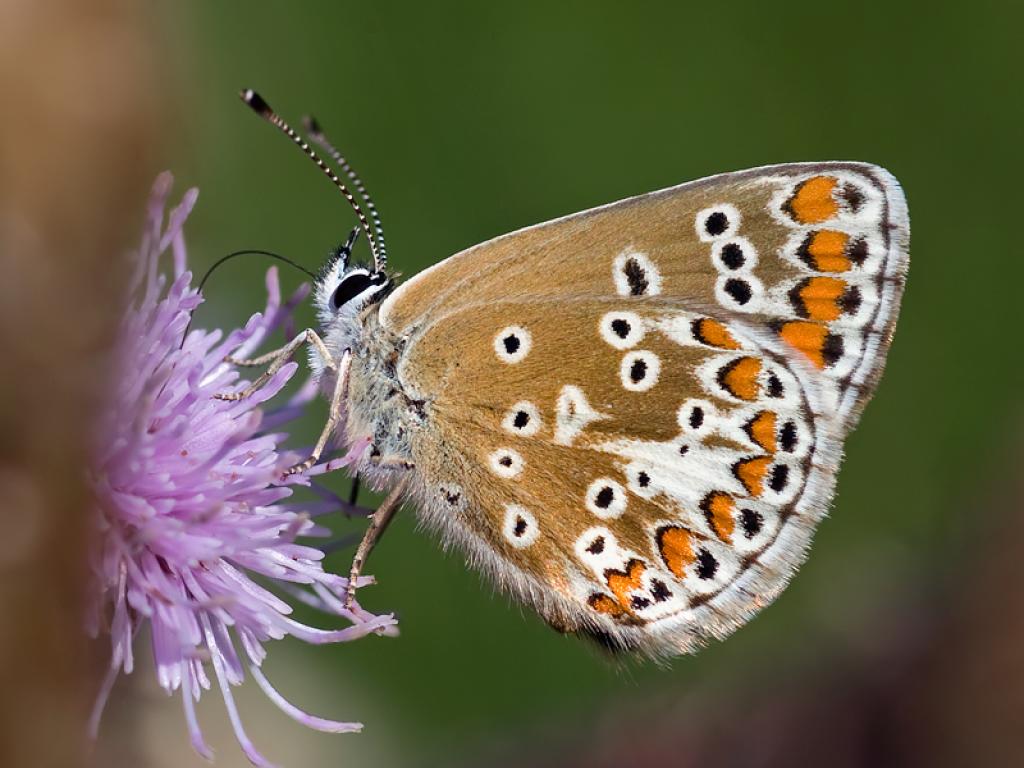
Brown Argus (underwing) - Matt Berry
Matt Berry
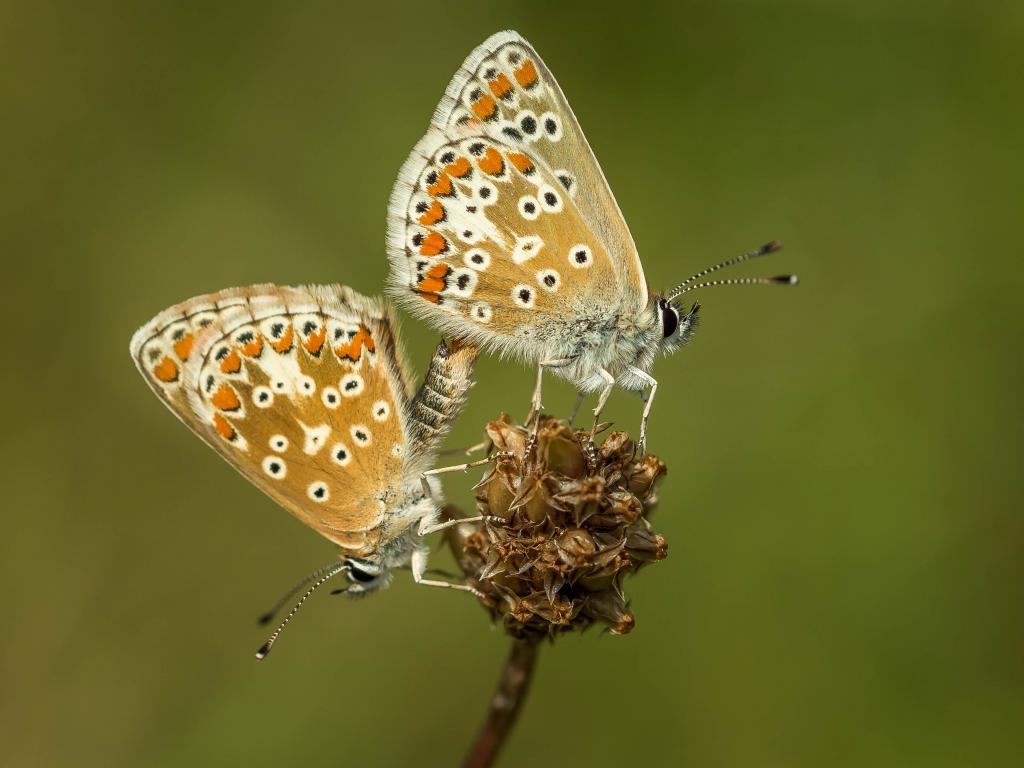
Trevor Wilson
Trevor Wilson
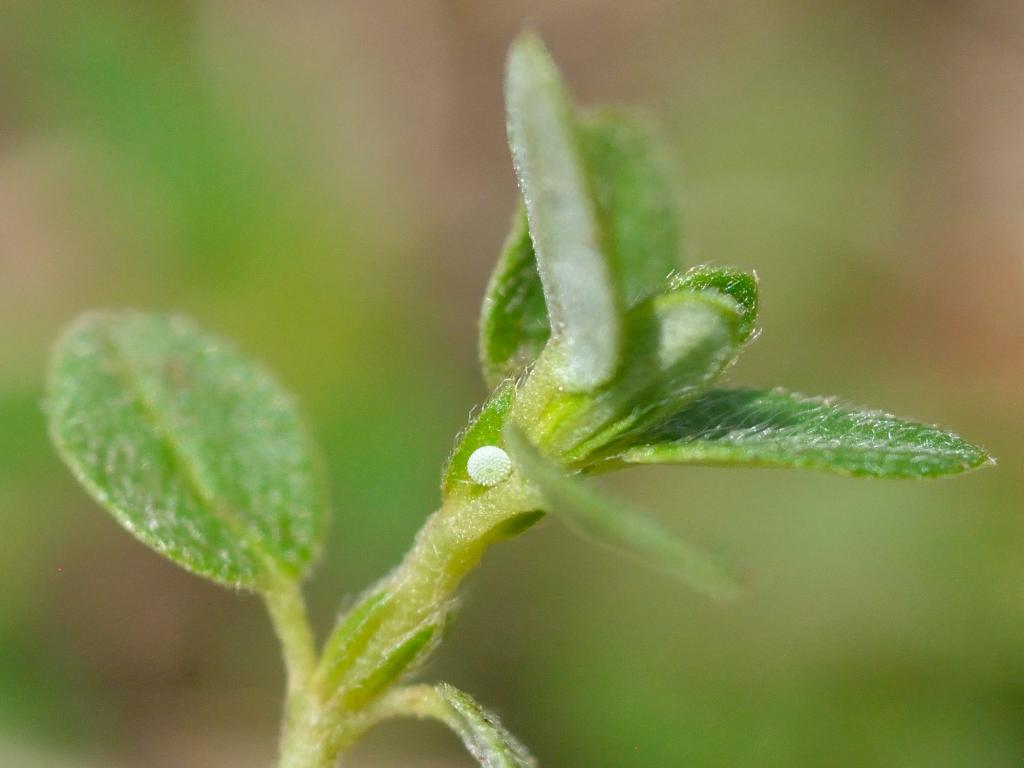
Jim Asher
Jim Asher
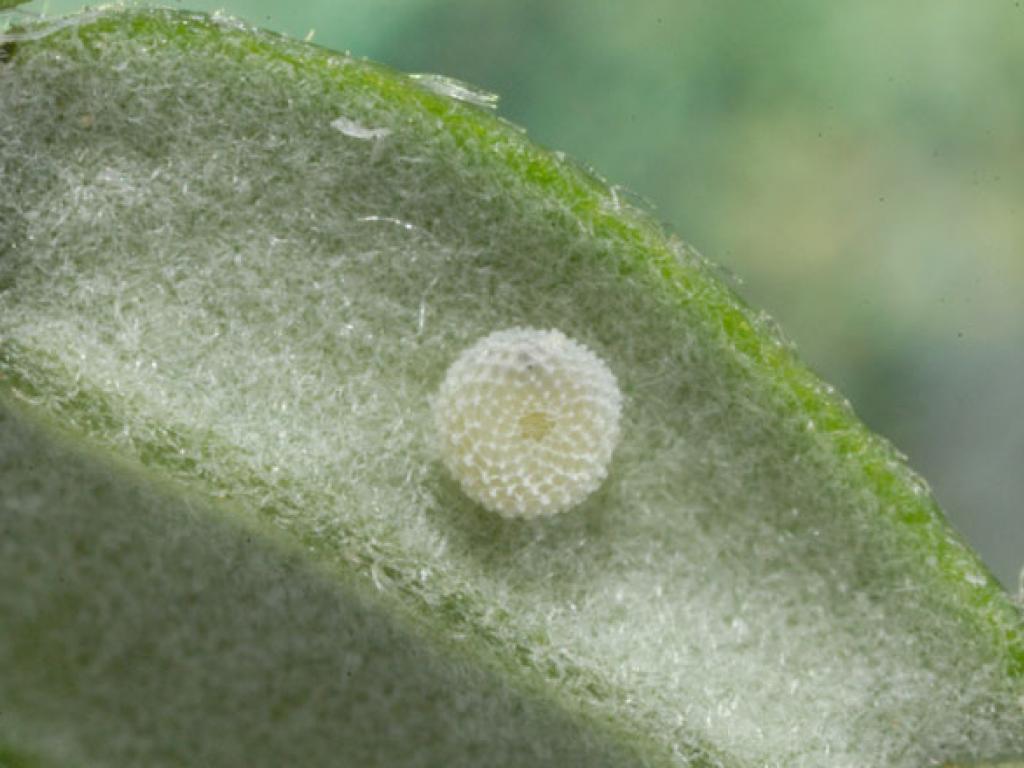
Jim Asher
Jim Asher